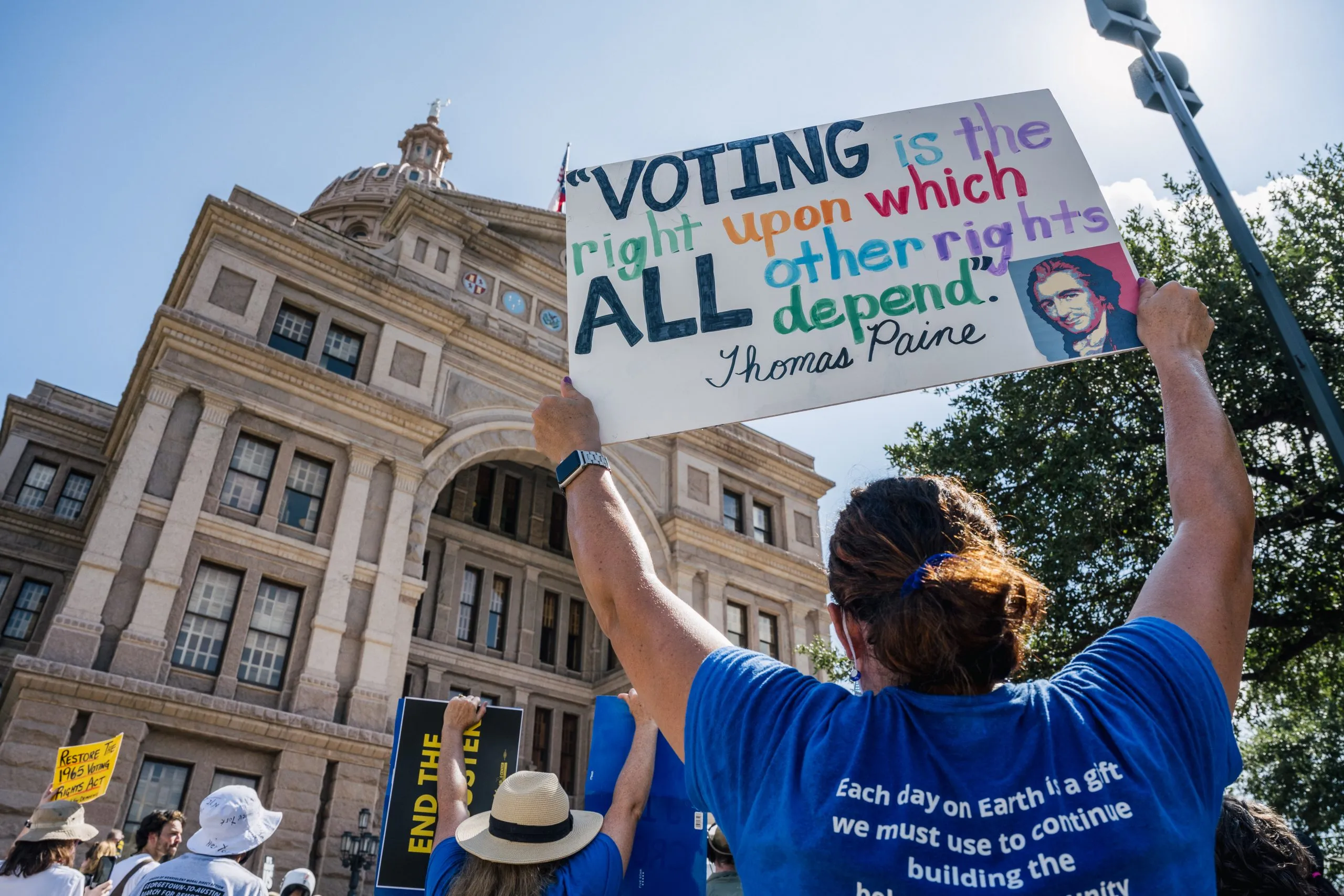
Third Party Voices on Immigration Issues
IndependentReport – In the U.S. political landscape dominated by Democrats and Republicans, minor parties often struggle for attention. Yet on the issue of immigration, some third parties and independent actors are beginning to speak up and their perspectives deserve review. This article explores how third-party voices frame immigration debates, where they diverge from major party narratives, and whether they can shift policy or public opinion.
Below, you’ll find key areas where minor parties stake their claims, along with examples, challenges, and possible influence.
Emphasis on sovereignty and border control
Advocacy for streamlined legal pathways and merit systems
Demands for due process and immigrant rights protections
Pushbacks against mass deportations or blanket bans
Calls for federal accountability and agency reform
Focus on local and state-level immigration policy
Balancing security with humanitarian commitment
These principles often sit in tension with major party platforms, allowing minor parties to carve unique stances.
While Democrats often emphasize inclusion, and Republicans underscore restriction, third parties sometimes blend both:
Some call for merit-based policy rather than open borders or blanket prohibition
Others demand strong enforcement but with legal pathways for asylum and refugee claimants
Some minor parties propose deregulation of certain worker immigration classes while tightening border enforcement
They may reject the binary “open vs closed” frame in favor of nuanced tiered systems
Because they don’t have to appeal to broad base coalitions, minor parties can adopt more ideologically consistent positions on immigration.
The newly founded Law & Freedom Party (2025) emphasizes anti-immigration policies as part of a broader nationalist agenda.
They propose stricter border controls, stronger deportation mechanisms, and prioritization of legal immigration that meets economic or security criteria. While they’re still nascent and have no major offices, their platform tells us how third parties are beginning to stake ground on migration policy.
They can mobilize disaffected voters who feel both major parties ignore immigration complexity
They can experiment with bold proposals (e.g. pilot merit systems) without risking large coalitions
They often have policy consistency since they aren’t forced to compromise for broad appeal
In states with low third party presence, they can influence local debates and shift Overton windows
However, these advantages often clash with resource and visibility constraints.
Lack of ballot access in many states stifles their ability to campaign broadly
Media coverage skews heavily toward major parties, sidelining minor voices
Funding is scarce, making sustained advocacy difficult
Major parties may absorb third-party platforms or co-opt their ideas, reducing distinction
Voters often doubt third-party viability, seeing them as symbolic rather than practical
These barriers mean that minor parties often influence policy indirectly, rather than by winning offices.
Run for state legislatures or governor seats to implement local immigration reforms
Champion referendums or ballot measures on issues
Influence major party platforms by forcing debates on under-addressed topics
Use coalition building in swing districts to hold major party candidates accountable
Place candidates in primaries as pressure tools
Even without winning major offices, these tactics give them presence in immigration discourse.
Green Party and Libertarian candidates often emphasize decriminalization of undocumented status or removal of private detention centers
Some Libertarian-leaning third parties argue for freedom of movement principles
In localized races, independent candidates have drawn attention to issues like immigrant student rights or municipal sanctuary policies
Third-party voices sometimes serve as “spoilers”, pressuring major parties to adjust immigration messaging
Though rare, their interventions can redirect narrative framing.
Use ranked-choice voting (RCV) to reduce fear of voting third party
Leverage digital platforms and social media to bypass traditional media gatekeepers
Form alliances or fusion tickets with sympathetic major party candidates
Highlight immigration issues neglected by both parties, such as skilled worker reform, immigrant entrepreneurship, or climate migration
Grow presence in swing states or border states where immigration is a high salience issue
If successful, these strategies could expand the role of third parties in immigration policy.
Immigration remains a lightning rod issue in U.S. politics. When third parties enter the conversation, they can shake up stale debates. The public senses dissatisfaction with major party responses, so alternative voices gain an audience. Moreover, as demographic changes intensify, the demand for fresh approaches to immigration increases making coverage of third parties evergreen and timely.
Do third parties actually propose workable immigration plans?
Yes. Some outline merit systems, sanctuary protections, or streamlined asylum processes.
Can a third party win on immigration alone?
Rarely. Immigration is typically one piece of a broader platform.
Do major parties ever adopt third party ideas?
Yes. Major parties sometimes absorb minor platforms on migration to win centrist voters.
Are third party voices fair game for debate?
They often struggle to get invitations, but at local forums or online debates they can generate traction.
Which states are most receptive to third party immigration messages?
Border states, swing states, and states with significant immigrant populations often show greater openness to third-party proposals.